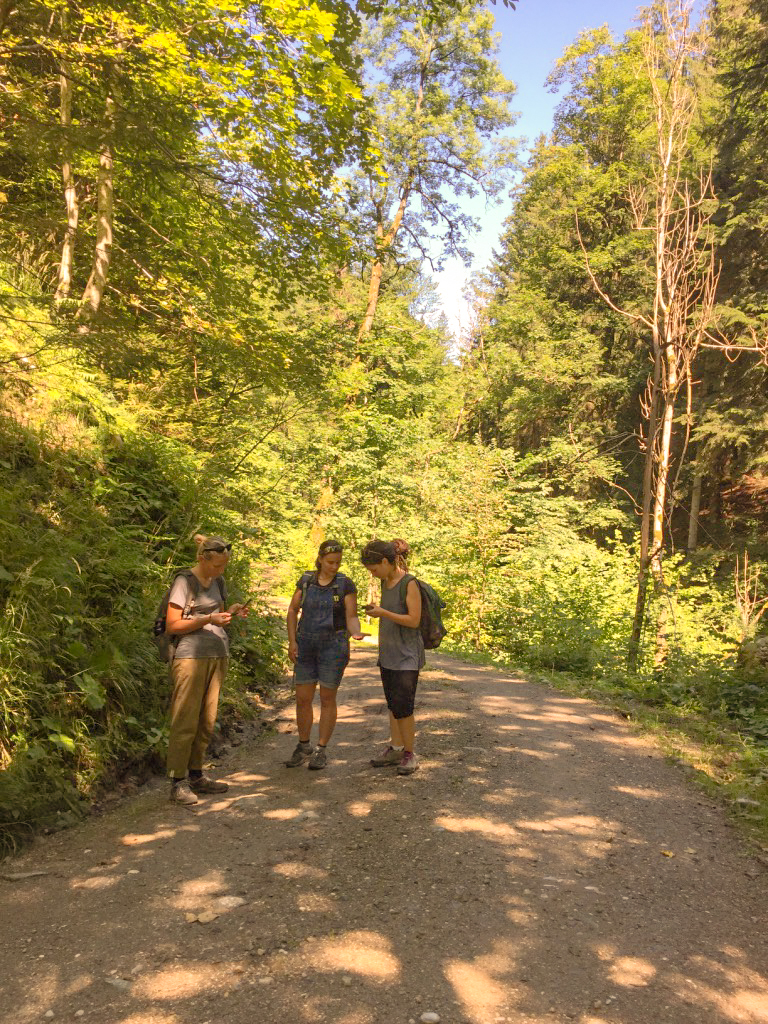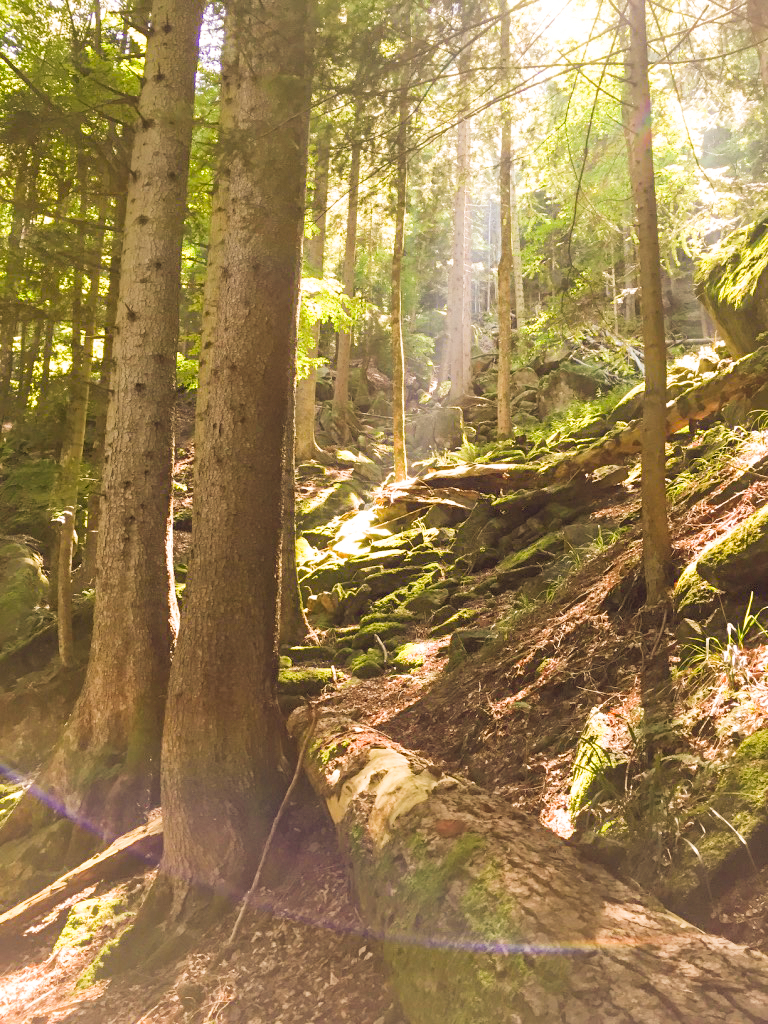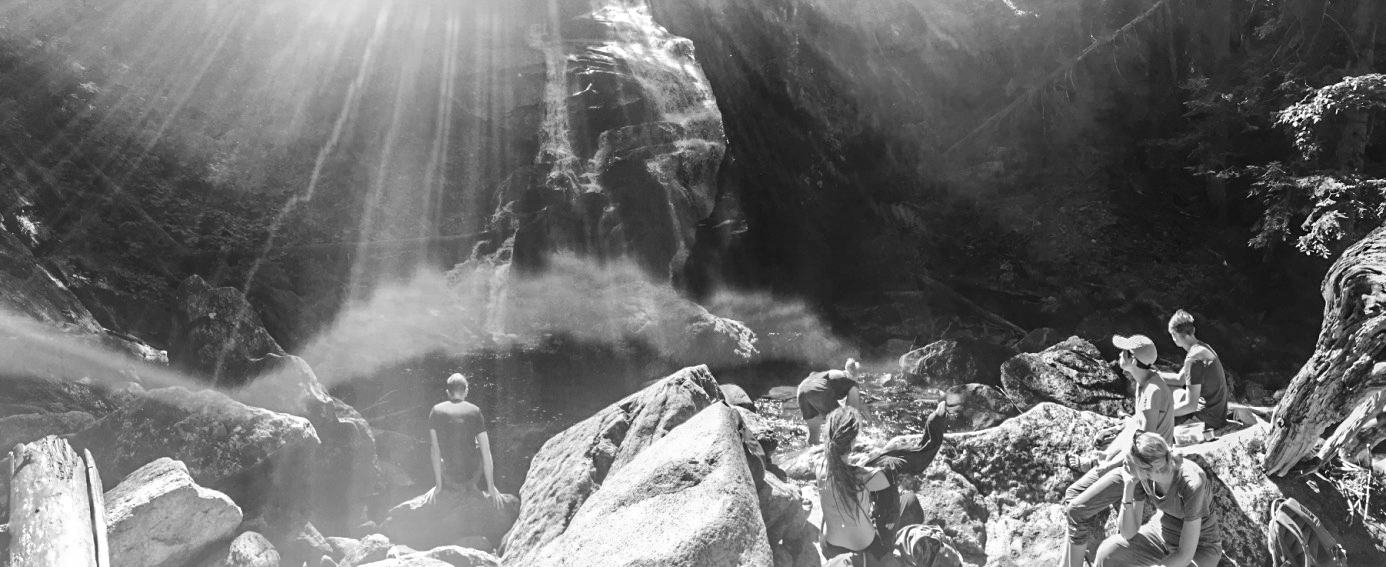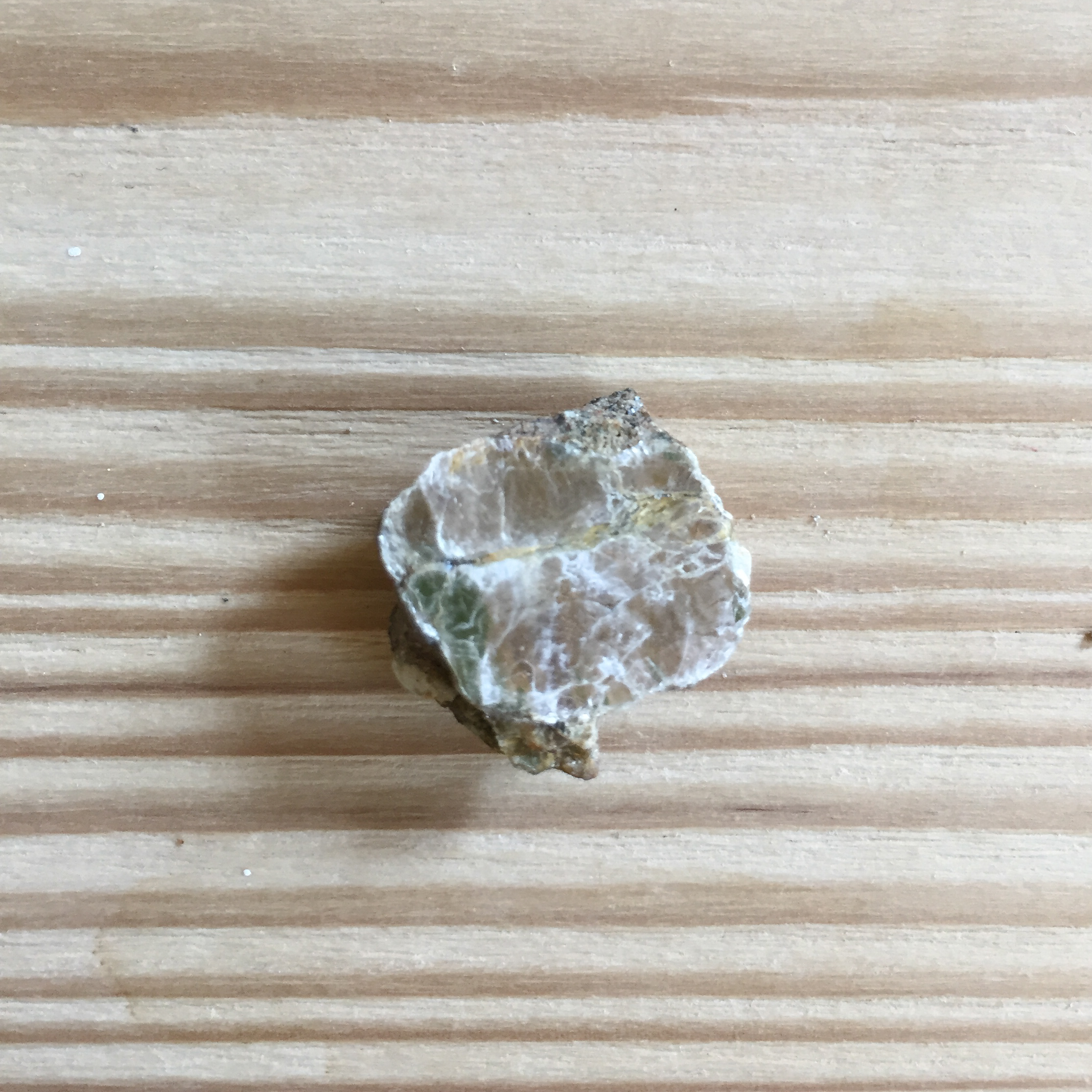Pohorje – Lobnica valley geology





Reconnaissance led us to Maribor and its Pohorje mountain range. I am not so familiar with Maribor geology, apart from exploring Piramida area, where mostly marls, shales or flysch are predominant, so we headed to more wild setting. We chose Valley of Lobnica river for three reasons. First – we wanted to be close to water and its exposed banks and clean sediments, second – we knew Pohorje comprises of granites, third – we didn’t want to hike up a steep trail, because our bags would be full of geology. We ended up hiking for 6 hours, up to the waterfall, coming back home with several bags of silver clay.
Clay really is silver! It is created from decomposed granite. So granite forms under the surface of Earth’s crust, combining crystals of feldspar, silica and mica in most part, then travels to surface where it weathers into clay.
Granite composition:
potassium feldspar
plagioclase (albite-anortite or Na-Ca)
flint
biotite (mica)
“What happens when granite is weathered?
The biotite and/or amphibole will undergo hydrolysis to form clay, and oxidation to form iron oxides. The quartz (and muscovite, if present) will remain as residual minerals because they are very resistant to weathering. The quartz in granite is sand- sized; it becomes quartz sand.” Google search
We collected a mixture of clay, iron oxides, quartz grains and muscovite (shiny glittery particles).


